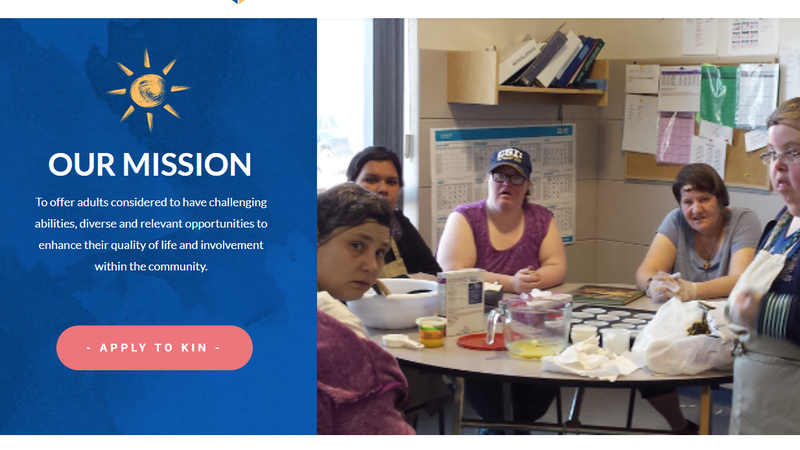Is peanut butter a possible cure for insomnia?
DEAR DR. ROACH: Several years ago, I attended a presentation about insomnia. A registered nurse discussed how, in her career as a nursing home nurse, she had many residents with insomnia. She stated that she had amazing success with these residents. The snack they gave residents was crackers and cheese or peanut butter crackers. I was skeptical at first, then one night at 2 a.m., on my fourth night of insomnia, I tried eating 2 teaspoons of peanut butter. Bingo! I slept. Whenever my insomnia occurs, I eat 2 teaspoons of peanut butter, and in less than 15 minutes I’m sleeping. I use a nothing-fancy store brand of peanut butter. Please pass this information on to other readers with an explanation. — B.J.T.
ANSWER: I appreciate your writing to give another option for this common problem. One reason that some people think this may work is that the protein content in peanut butter is a source of tryptophan, which increases serotonin levels to help one relax. I also have read that this effect is so small as to be clinically meaningless, and that any sleep effect is due to placebo. I suspect the truth is a combination.
Two tablespoons of peanut butter is almost 200 calories, so this is not a good choice for someone struggling with too much weight. I’m also not one for “fancy,” but be sure to choose a peanut butter with no trans fats and no added sugars.
DEAR DR. ROACH: I have been hearing a lot about making yogurt at home. Is homemade yogurt a recipe for food poisoning? — H.C.
ANSWER: Homemade yogurt is easy to make, can be more healthy than store-bought as it has very little sugar, and can be made very safely with minimal precautions. The key is to make sure the milk is fresh and sterile, then to carefully add in healthy bacteria. All you need to do is boil fresh milk to a bare simmer (to kill any unhealthy bacteria); cool it down to 100-110 F (37-42 C), which is an optimal temperature for growth of the healthy bacteria that help prevent the growth of unhealthy bacteria or yeast; stir in a few tablespoons of plain yogurt with active healthy bacterial cultures; and keep it in a warm place for six to 12 hours or so. You can use the yogurt you just made as the starter for the next batch. Add in some pureed fresh fruit, and you have a healthier, tastier and cheaper yogurt than you can buy at the store.
DEAR DR. ROACH: I have a friend who is a longtime user of diet sodapop. A year ago, she was diagnosed with colon cancer and spots on her liver. She is taking chemo again now. She continues to consume diet soda, which concerns me because I have heard of possible adverse effects of artificial sweeteners. How would you advise her? I hesitate to say anything, since she might be getting more unsolicited advice than she wants already. — M.K.
ANSWER: I think that artificial sweeteners are unlikely to have had any role in causing her cancer in the first place, nor in her treatment or risk of recurrence. It’s more important for her to stay hydrated during chemotherapy, and she should have what is easiest for her — and if that’s diet soda, that’s fine. Even if water is the best choice, I completely agree with your thoughtfulness: Now is not the time to give unsolicited health advice.
READERS: The booklet on back problems gives an outline of the causes of and treatments for the more-common back maladies. Readers can order a copy by writing:
Dr. Roach
Book No. 303
628 Virginia Dr.
Orlando, FL 32803
Enclose a check or money order for $4.75 U.S./$6 Can. with the recipient’s printed name and address. Please allow four weeks for delivery.
* * *
Dr. Roach regrets that he is unable to answer individual letters, but will incorporate them in the column whenever possible. Readers may email questions to ToYourGoodHealth@med.cornell.edu or request an order form of available health newsletters at 628 Virginia Dr., Orlando, FL 32803. Health newsletters may be ordered from www.rbmamall.com.
(c) 2018 North America Syndicate Inc.
All Rights Reserved


